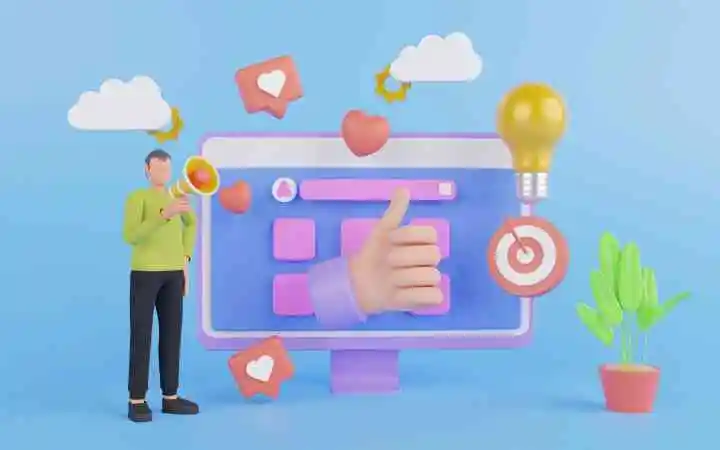Many brands develop always-on marketing strategies to maintain an uninterrupted relationship with audiences. These consist of maintaining a constant presence on your channels so that communication with your audience is continuous beyond specific campaigns.
Customers who follow a brand want to be informed of the latest news and access new content regularly. This is why “always-on” marketing strategies are essential for businesses that want to respond satisfactorily to their consumers’ demand for a product or service.
This strategy also makes it possible to maintain consistency in brand messages, consolidate their reputation, and improve user evaluation. In addition, it allows them to increase consumer loyalty and save time and money since once an “always-on” campaign is launched, it only has to be optimized and maintained.
To make the most of the “always-on marketing” strategy in the consumer purchasing process, we explain the stages that are part of it:
Reach stage: This exploration and discovery phase helps brands create awareness of themselves in their consumers to increase their visibility and attract traffic to their channels.
Identification stage: At this point, brands encourage interactions and persuade potential customers to take the next step, from anonymous visitors to become.
Conversion stage: A conversion involves getting the visitor to do what the brand wants: buy an item, subscribe to a newsletter, or participate in a contest. This moment can happen using various tools such as clicking a button, completing a form, etc.
Engagement stage: At this stage, the goal is to establish long-term customer relationships and build audience loyalty.
“Always-on” marketing strategies allow brands to continually interact with their audiences, facilitating their relationship with them and improving their brand image. Therefore, they must ensure that they are always present in the minds of their target audience and that they work to reach new customers and retain existing ones.
